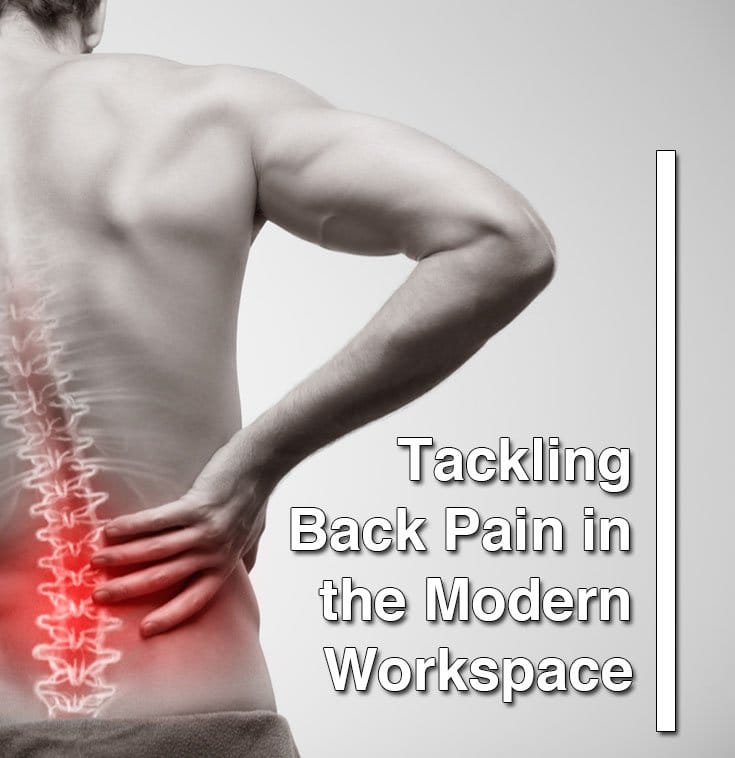Lower back pain is the leading cause of disability worldwide, as reported by the Global Burden of Disease. Anyone can get back pain. There are however some aspects that can increase your risk. The type of job you do, getting older, being overweight, smoking, certain diseases and poor physical fitness can all contribute to having a constant ache in your back.
Can Back Pain Be Prevented?
Yes, managing pain is all about finding ways to live with it so that it doesn’t dominate your lifestyle. Certainly the body has an automatic inclination to restore its homeostasis or natural equilibrium. Our task, when we are in pain, is therefore to remove all obstacles to recovery.

Some of the Self-Help Treatments that can Assist with Recovery:
- Maintain a healthy weight. This will require reformed dietary habits such as eating more nutritious, raw foods, looking at an anti-inflammatory diet and taking appropriate supplements.
- Moderate your stress levels. If you battle with stress, look at some relaxation methods such as yoga or stress management counseling. Stress interferes with defence-and-repair rhythms, and by reducing stress you can actually restore the body’s balance.
- Work on your posture and learn how to sit properly at your desk. Poor posture lead to degenerative joint problems, injuries and even surgery. Many people find using a kneeling chair such as these ones helpful in place of a standard office chair in promoting the proper sitting posture and to engage the body’s core.
- Exercise – stretching, physiotherapy, pilates and yoga not only sculpts your body, but also makes it less prone to injury, including back pain.
Inactivity Leads to Increased Back Pain
The best defense is offense, and this is especially true when it comes to the wellbeing of your body. Inactivity leads to a whole host of health problems, including making you more susceptible to back pain.
At Home Exercises to Strengthen the Back
The following exercises can be performed at home to strengthen your back and relieve back pain. As always, however, consult with your doctor first before performing any type of physical activity.
- Bridging exercise – This excellent exercise strengthens the core muscles of your lower back and also increases the range of motion in your hip flexors. Lie down on the floor with knees bent. Lift your bottom as high as possible without over extending yourself.To take it up a notch, lift your bottom off the floor with one leg straight. You can repeat this exercise 5x with each leg.
- Back Extension – This exercise helps with mid-back-pain associated with postural strain. Begin by lying face down on the floor with your hands at your face, palms down. Bring your head up, slowly arching your back. Push up to your elbows and then return to the starting position. Try and repeat this 5 times.
- Back stretch – this exercise gives your entire spine a nice stretch. Lie down on your back, with a pillow across the lower back to provide an arch. With your knees bent, stretch your arms over your head and forward to feel a stretch along the spine.
- Bent Knee Raise – this exercise strengthens abdominal- and low back muscles. Because this exercise can work your abdominal and hip flexor muscles too, you’ll be able to improve your ability to get out of bed and from off a chair. Lie down on your back with your knees bent. Tighten up your abdominal muscles. Lift your knees one at a time, moving your knee towards your chest and hold the position for 5 seconds. Repeat this exercise for both knees 10 times.
- Arm Raises on Back – this back muscle exercise strengthens the upper and lower back muscles. This can even be done while lying in bed. Lie on your back, arms at your side and with your knees bent .Lift your right arm off the floor to an upright position and then return your arm and repeat this exercise 10 times with each arm. As you do this exercise, exhale during the upward movement and inhale during the downward movement.
Conclusion:
Pain is the body’s way of communicating distress. Some pain is so bad that you will need to adopt more than one healing strategy to effectively deal with it.
Fortunately the body has a built-in ability to recover from pain and impaired function. With back pain, remind yourself of your objectives – to be pain-free and mobile. A change in diet, a change in attitude, a change in relaxation methods and a change in the amount of exercise can all contribute immensely to becoming pain free again.
References:
- Kotas M. Medzhitov, R. NCBI.Homeostasis, Inflammation, and Disease Susceptibility. Available at https://www.ncbi.nlm.nih.gov/pmc/articles/PMC4369762/
- MedlinePlus. Learn to manage stress. Available at https://medlineplus.gov/ency/article/001942.htm
- Jon Muller Best Ergonomic Kneeling Chairs Reviews: http://ergonomictrends.com/best-ergonomic-kneeling-chairs-reviews/
- Saltikov, B. Warren, J., Jobson, M. NCBI. Ergonomically designed kneeling chairs are they worth it? : Comparison of sagittal lumbar curvature in two different seating postures. Available at https://www.ncbi.nlm.nih.gov/pubmed/18810008 v2


